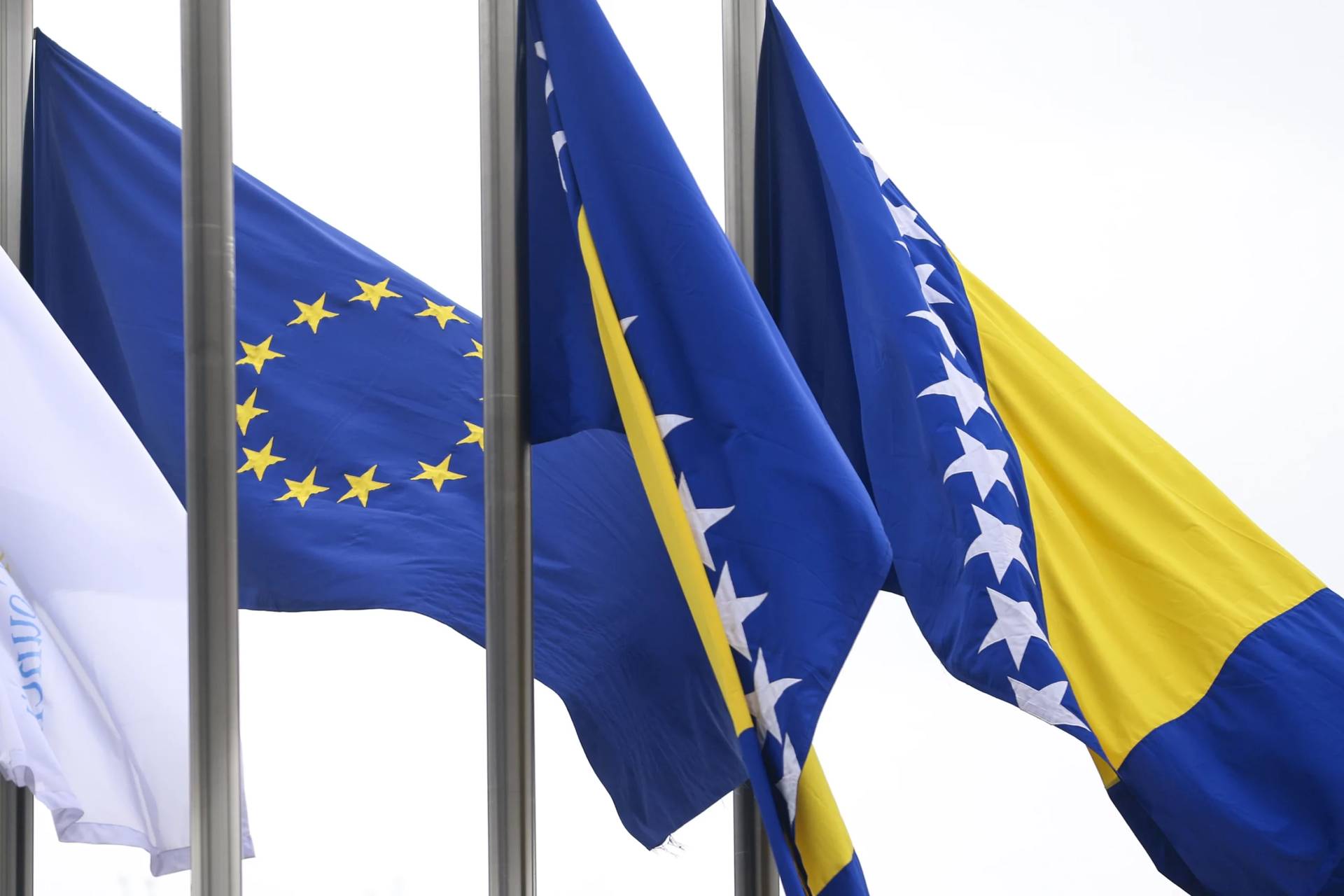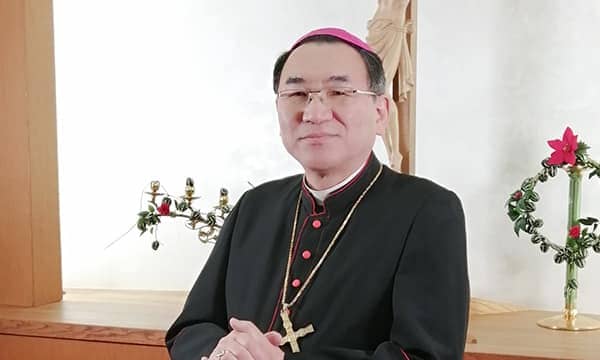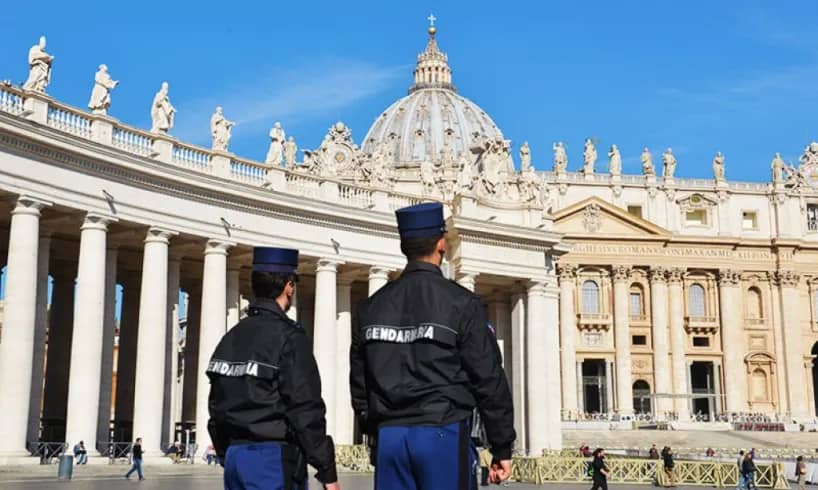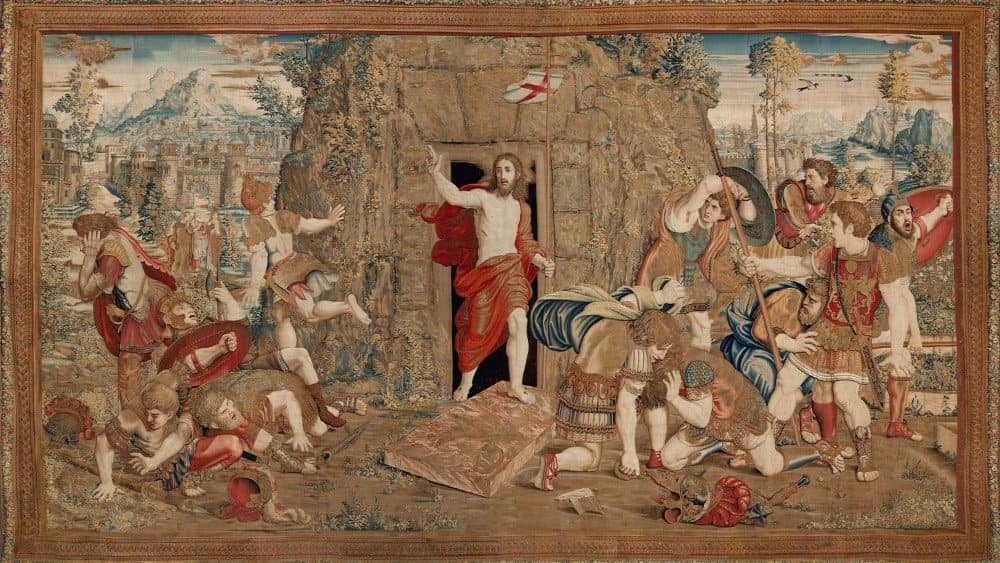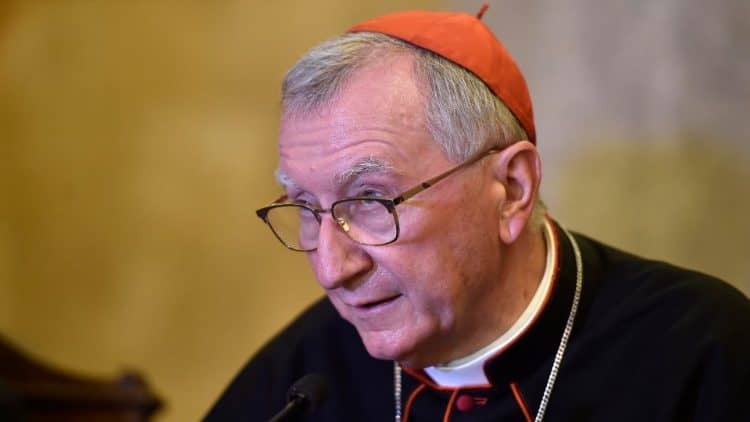ROME – Before a series of devastating earthquakes destroyed the famed monastery and Basilica of St. Benedict in Norcia in October 2016, it was God and beer that helped sustain the 16-monk community in the cradle of Western monasticism.
Faithful to the Benedictine dictum of ora et labora (pray and work), the men are now set on rebuilding from scratch … once again, through praying and brewing.
Though the August 24, 2016, earthquake that killed 299 people affected Norcia severely, it was another, on October 30th, that determined the fate of the 12th century Basilica of St. Benedict, where the monks of Norcia dwelt.
Miraculously, their brewery, where they produce Birra Nursia, was mostly left intact.
Images of only the façade of the Church left standing circulated on social media, and it still remains as one of the emblematic pictures of those dreadful days. The European Union and the Italian government have promised to restore the historic basilica and monastery, a titanic job that might take at least a decade.
Since all the other churches in town were also destroyed, the Archdiocese of Spoleto-Norcia, which owns the buildings, has decided that the spaces will have to be used by the diocese.
“For us, the only hope is in God,” said Father Benedict Nivakoff, prior of the community. He took over when his predecessor, who’d founded the community in Rome back in 2000, stepped down after the last earthquake, alleging he didn’t have the strength for what came next.
The monks arrived in Norcia invited by the local archbishop, residents and town officials, who wanted them to populate a priory that had been abandoned since 1810, when Napoleon suppressed monastic orders.
“We see that the earthquake, more than anything that can happen, reminds us as monks that we’re powerless, that we’re not in charge,” Nivakoff told Crux over the phone on Wednesday. “And it’s very freeing when you realize you’re not in charge, God is in charge, and if we trust in him, we prepare ourselves for eternity with him.”
Despite their heavenly aspirations, however, life in the monastery has to continue in a new location, just outside Norcia, and that’s a challenge the prior has accepted.
When the monastery originally built by St. Benedict of Norcia, patron of Italy and students, was turned into rubble, the monks lived in a tent for about two months, during one of Italy’s coldest winters in memory, with “rain, ice, snow coming in.”

Eventually, they were able to move to two wooden cabins, also inadequate to do much against the snow.
Nivakoff said that their plans for the future include building a new monastery on a property they bought a few years back, planning on turning it into a farm. The place served previously as a Capuchin monastery.
“Over time we realized that what God wanted was for us to use it to build a new monastery,” he said. “It has a beautiful panoramic view of the valley, and we can see the ruins of our old monastery from it.”
The project will require an estimated $15 million, and Nivakoff is currently in the United States trying to fundraise some of the needed capital. They also launched an online campaign, “Deep Roots,” as an “invitation to the whole world” to help the monks build an earthquake-resistant monastery and to provide the town with a flourishing monastic community for centuries to come.
“It’s always better to be in a monastery, but when you’re fundraising for a good project, something you believe in, you know it’s worth it,” he said.
Nivakoff, who grew up in New Canaan, Connecticut, said the group sees God’s hand in what the small community is going through: “Our role as monks has always been to pray and to try to become saints, convert our lives.”
He acknowledges that it can be achieved living in the center of the town, but they see the need to relocate outside the city’s walls as God calling them “back to the cave,” referencing St. Benedict’s three years living in a cave as a hermit, before founding his first monastery.
Not long ago, they were able to open the doors of their new chapel, a priority after they secured the wooden cabins. Although help came in from around the world, the group acknowledge on their website that it wouldn’t have been possible without the help of Leffe, a Belgian brewery.
The company created a 100,000 bottles special edition of their blond beer, labeled “Leffe per Norcia” (Leffe for Norcia), with the profits being donated to the monks, who use the money for their chapel.
The award-wining Belgian brewery took on the construction of the building as a special way of contributing to the efforts to rebuild Norcia and give hope to the earthquake-affected region.
The new brewery
Inaugurated in 2012, according to their website Birra Nursia is the monks’ way to live out the maxim of St. Benedict, that true monks live by the work of their own hands.
Production has been cut to the bare minimum to keep up the sales both in the United States and Norcia, but since the grounds where it’s placed also belong to the diocese, they need to move this too. The move will allow the monks to maintain their rhythm of life and schedule of prayer.
Before the earthquake, the monks were producing more than 13,000 gallons of beer per year, brewed during days in the monastery that begin at 4 a.m., and which are punctuated with calls to prayer every 90 minutes. On brewing days, the monks who take care of production would put brewing between prayer, and prayer between brewing.
Last week, Nivakoff said, they broke ground to begin building the new brewery, which serves both as a way to be self-sufficient and as a tool for evangelization. As it turns out, beer-making is a great ice-breaker, and when people visit their facilities, conversation often moves from ale to faith.
As part of the monks’ campaign to rebuild, the brewery is giving 15 percent of all proceeds to charitable causes. They will also give a portion of all funds raised to the people of Norcia.
The Norcia brewery builds on a proud Benedictine tradition. Historically speaking, monasteries around the world have revolutionized and perfected the beer-making process.
The practice goes back to the early sixth century, when Benedict wrote a template for monastic life now known as “The Rule of St. Benedict.”
The rules give advice on how to live humbly, on obedience and silence. There’s also a chapter dedicated to the reception of guests, outlining the obligation to show hospitality to travelers and pilgrims. Since in medieval times beer was safer to drink than water contaminated by sewage, it was often served to visitors.
Today, Birra Nursia is the only monastic beer in the world that is made exclusively by the monks.










